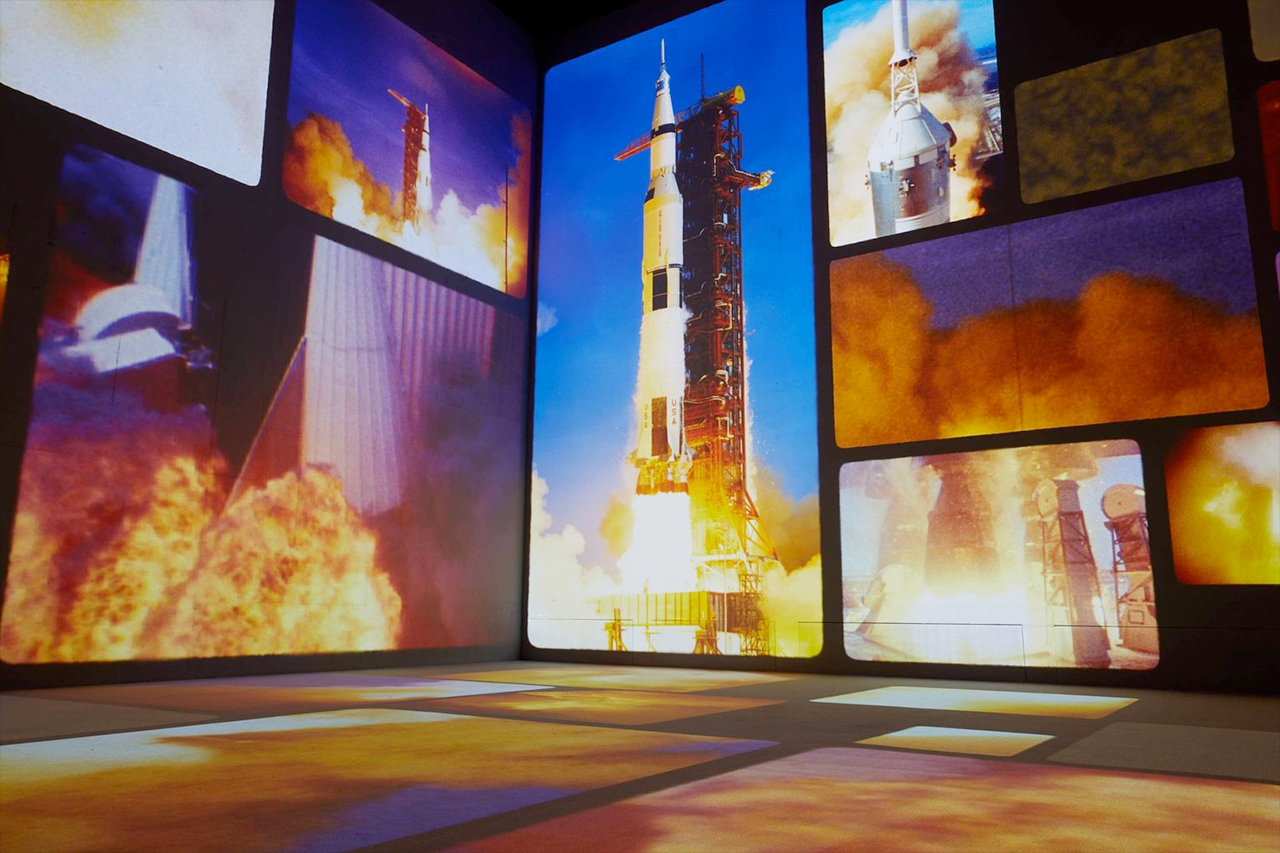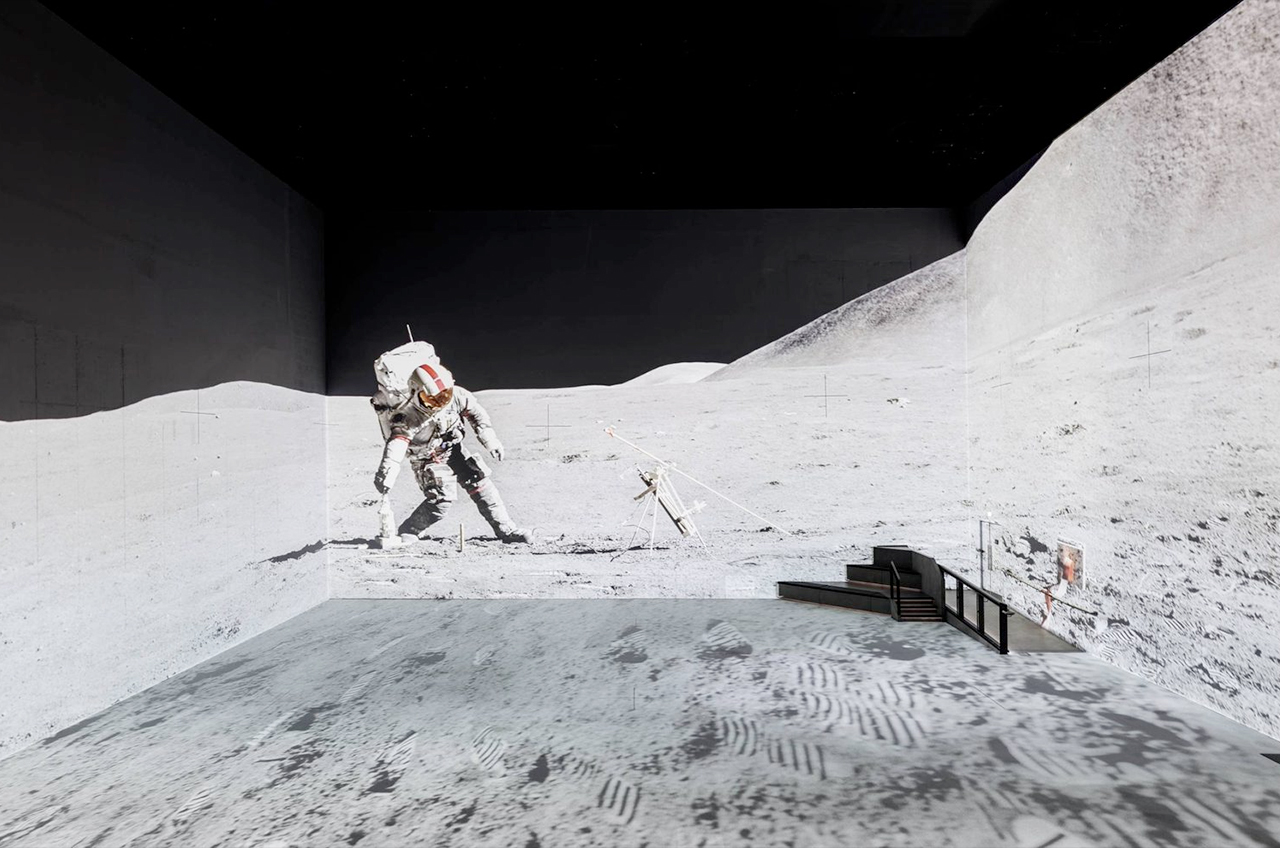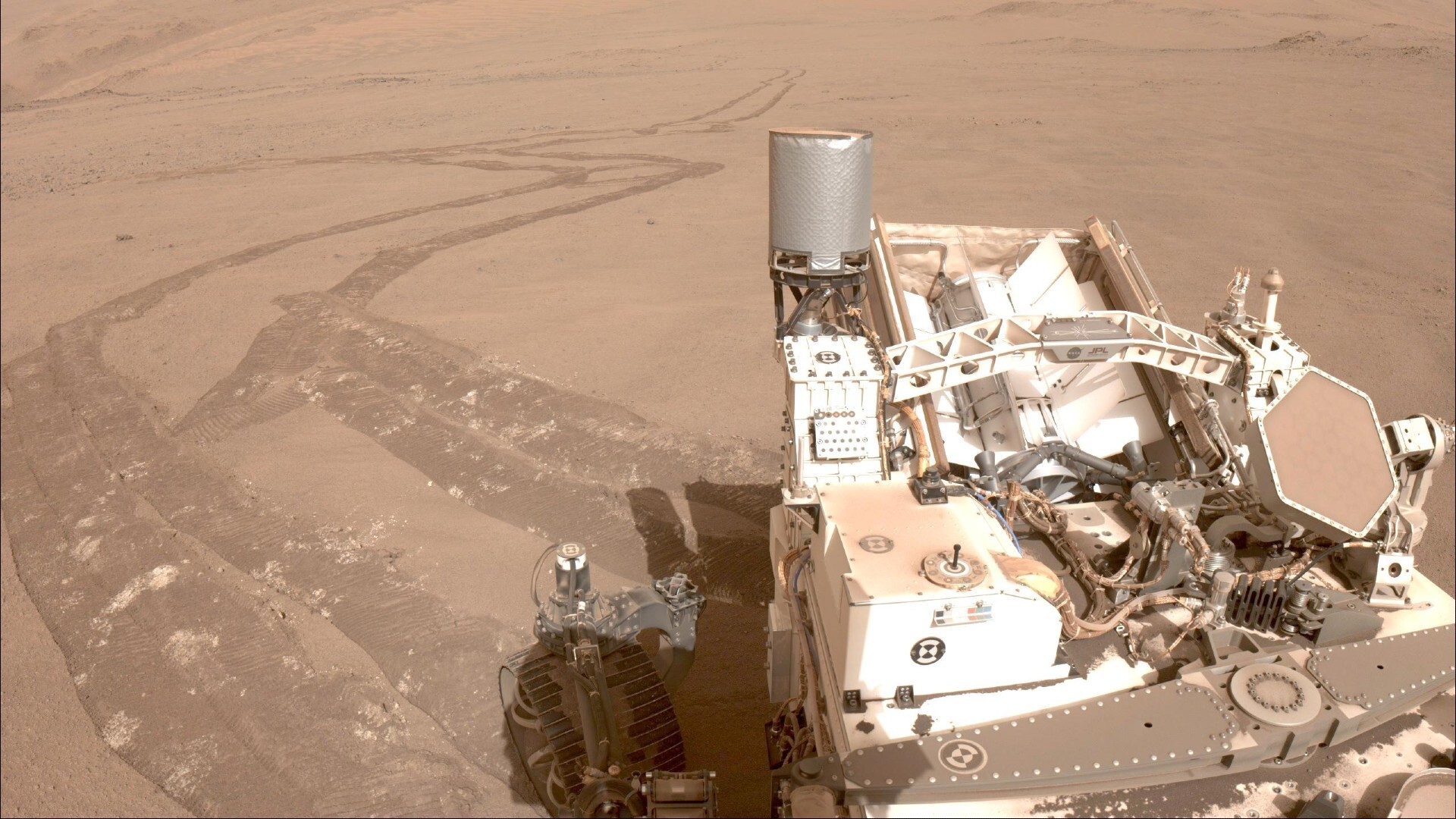Tom Hanks returns to the moon with 'The Moonwalkers,' a new visual experience
Tickets are now on sale for the new immersive experience that runs from Dec. 6 to April 21, 2024 at the Lightroom in London.

What do you get when you combine the production house that converted the Washington Monument into a Saturn V rocket, the recently reworked imagery of "Apollo Remastered" and the actor who made "Houston, we have a problem" a household phrase?
An immersive, nearly hour-long experience offering a unique new perspective on humanity's past and future voyages to the moon.
"The Moonwalkers: A Journey With Tom Hanks" will take over London's Lightroom showspace to tell the history of the Apollo missions, as well as NASA's plans to return astronauts to the lunar surface in the coming years. Set to debut on Dec. 6, "The Moonwalkers" includes new interviews between Hanks and the Artemis 2 crew, who for the first time in over 50 years will launch to a celestial body beyond Earth.
Between 1968 and 1972, 24 American astronauts voyaged to the moon, with 12 landing on and exploring the surface. With the Artemis missions, NASA and its international partners are planning to take advantage of water trapped as ice in the permanently shadowed craters at the lunar south pole to establish a sustainable presence on the moon and to prepare for sending astronauts onwards to Mars.
Related: NASA's Artemis 2 mission: Everything you need to know
Hanks co-wrote "The Moonwalkers" with Christopher Riley, the writer and director behind many of the space-themed documentaries and television shows that have run on the BBC, Netflix and PBS. Hanks, whose own credits include the 1995 film "Apollo 13" and the 1998 HBO miniseries "From the Earth to the Moon," also narrates "The Moonwalkers." The 50-minute-long production features an original score by Anne Nikitin (Apple TV+'s "Hijack") and is directed by Nick Corrigan and Lysander Ashton of 59 Productions.
In 2019, the Smithsonian's National Air and Space Museum collaborated with 59 Productions to project a full-size, 363-foot-tall (111-meter) Saturn V rocket on the side of the Washington Monument in Washington, DC. The resulting show, "Apollo 50: Go for the Moon," attracted an audience of half a million people watching from the National Mall and areas around the city as the Apollo 11 mission was restaged as a 17-minute performance.
The visuals in "The Moonwalkers," which are projected across Lightroom's floors and walls, were pulled from archival and newly shot film, as well as the images from Andy Saunders' 2022 book, "Apollo Remastered: The Ultimate Photographic Record." Although the photography captured by the Apollo astronauts has been publicly available for half a century, Saunders was able to apply the latest in digital remastering techniques to bring out previously hidden details.
Between the clarity of Saunders' images and the scale of Lightroom's projections, "The Moonwalkers" promises to not only re-introduce visitors to the wonders of the moon, but transport them virtually to the lunar surface.
Or, as Hanks described it, produce "the most visceral and enthralling story to date of humanity's journeys beyond our Earth."
"The Moonwalkers" runs from Dec. 6 through April 21, 2024 at the Lightroom, located in King's Cross on Lewis Cubitt Square, adjacent to Coal Drops Yard and Central St Martin's in London, England (United Kingdom). Tickets for "The Moonwalkers" are now on sale for £25 per adult (about $31 USD), with discounts available for children, students and wheelchair users.
Follow collectSPACE.com on Facebook and on Twitter at @collectSPACE. Copyright 2023 collectSPACE.com. All rights reserved.
Breaking space news, the latest updates on rocket launches, skywatching events and more!

Robert Pearlman is a space historian, journalist and the founder and editor of collectSPACE.com, a daily news publication and community devoted to space history with a particular focus on how and where space exploration intersects with pop culture. Pearlman is also a contributing writer for Space.com and co-author of "Space Stations: The Art, Science, and Reality of Working in Space” published by Smithsonian Books in 2018.
In 2009, he was inducted into the U.S. Space Camp Hall of Fame in Huntsville, Alabama. In 2021, he was honored by the American Astronautical Society with the Ordway Award for Sustained Excellence in Spaceflight History. In 2023, the National Space Club Florida Committee recognized Pearlman with the Kolcum News and Communications Award for excellence in telling the space story along the Space Coast and throughout the world.



